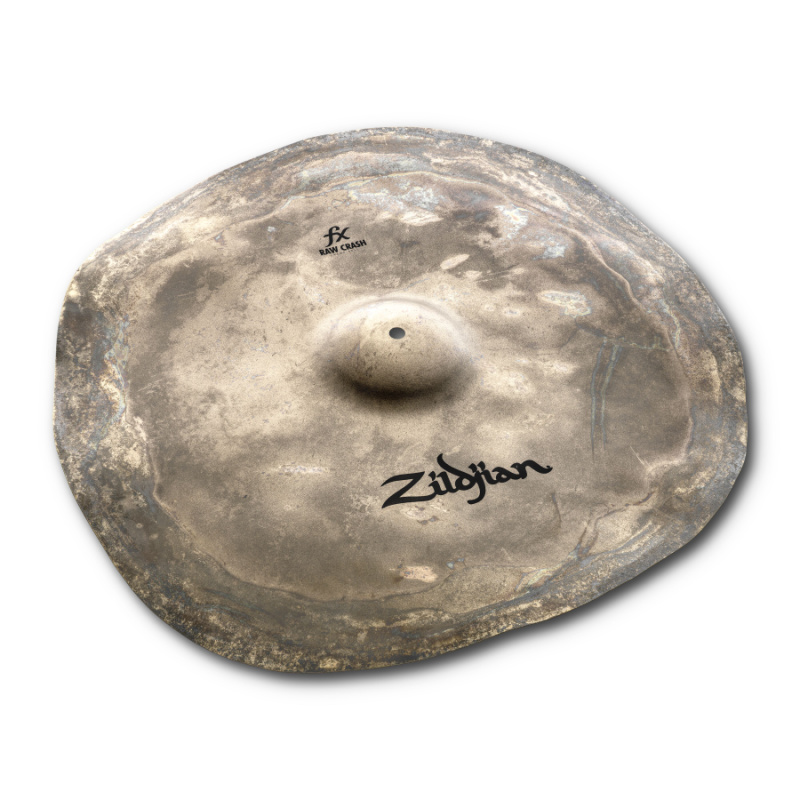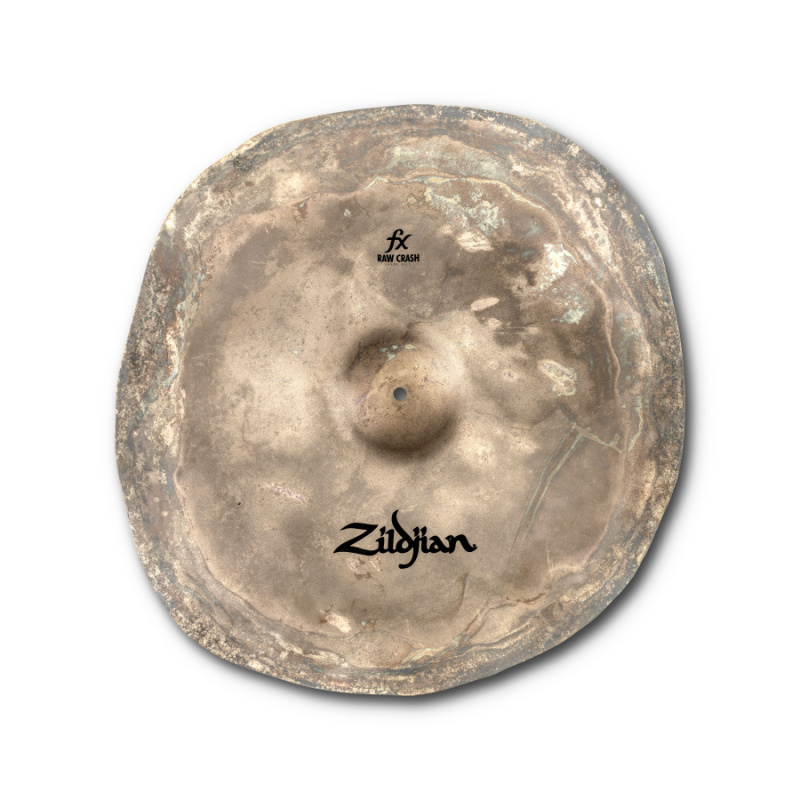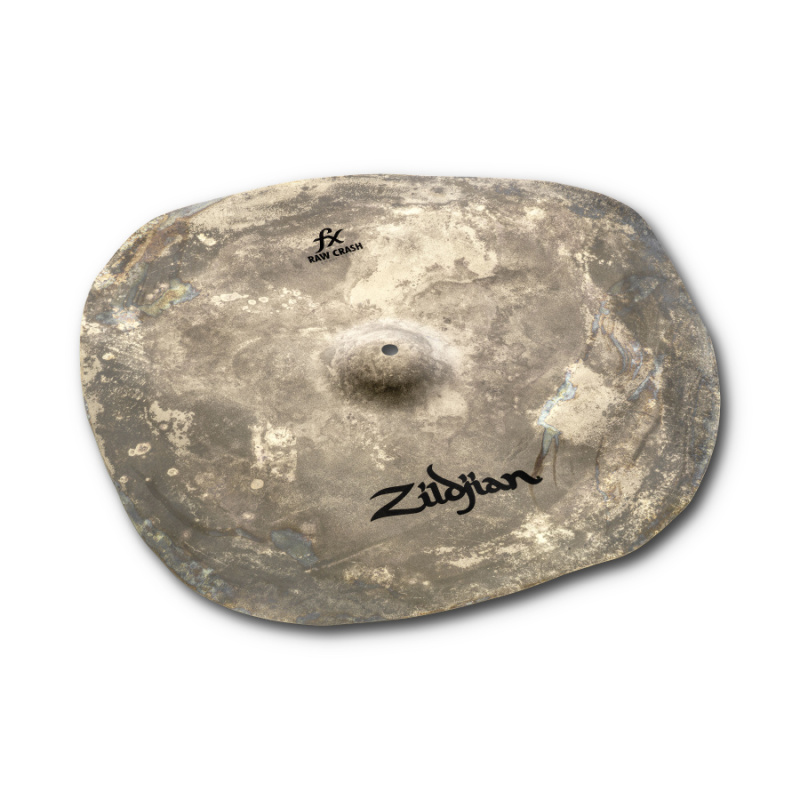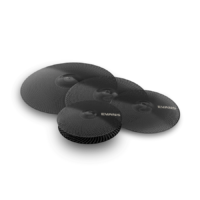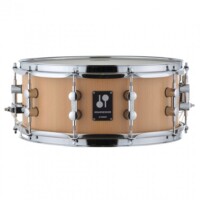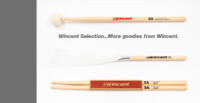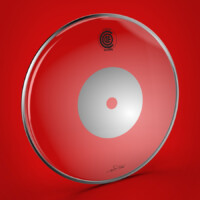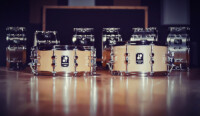| Zildjian Raw Crashes
Looking at them, they are about as raw as you’re going to get short of picking up an unworked blank.
Zildjian says the sizing of each model varies from around 20 to 24”, and they come in both small and large bell variants and are pretty thin. Bozzio because the staccato sound each crash produces is quite reminiscent of the type of sound he favours and Adam Deitch because he had something of a homemade version of arguably the same type of thing when he played the Modern Drummer festival. Ok, his just had a Zildjian sticker on it, but flat, misshapen and different it was, all the same. Under the stick, there’s no real difference in terms of feel; they play just as you would expect both as a crash and a ride. The sound of the Raw Crashes though is what makes them different; if being of no specific shape wasn’t different enough to begin with. When crashed, they’re short, sharp, fast and very dry. When used as a ride, they’re crispy with a short decay. I found that they’re also – and this was a bit of a surprise – quite quiet. On a superficial, visual-only based expectation, I was thinking they’d be a little louder than they are, the rawness indicating a possible wild and uncontrolled sound, but there’s a definite ceiling on the overall volume to both of the models I tried. Given the current trend for darker cymbals, I can see what the appeal of these would be and is, and in that context, I think they work for sure. I like the sound they produce, although I have to confess that the larger bell model was my favourite of the two as it had a slightly more crunchy sound to it. Played with a kick drum, it sounded to me like a quieter version one of Bozzio’s china/crash stacks without the actual stack. All in all, these are a pretty interesting potential addition to the ever increasing arsenal of weird and wonderful effects sounds available. That said, I can’t see many of them ending up on the drummer’s kit on a Saturday night down the local pub though…
David Bateman March 2022 |

